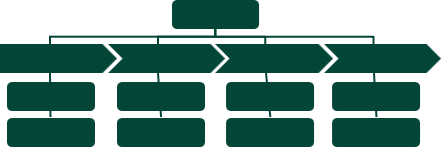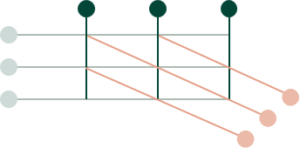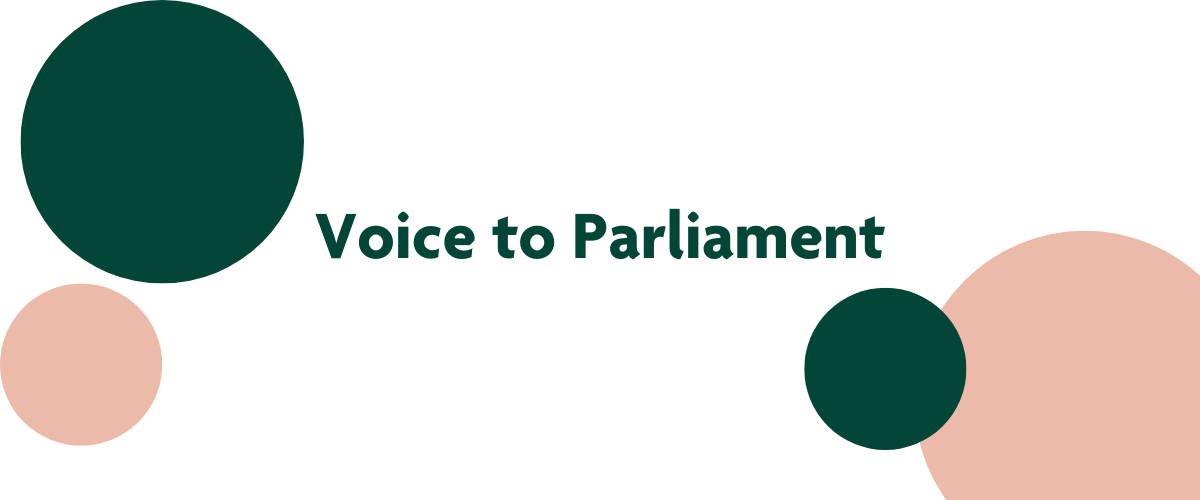Written by

Gee Stewart-James
Director
In the world of organisational design, choices matter. Smart design calls for intentional decisions that bring your operational reality closer to your strategic aspirations.
There’s no such thing as a perfect structure. With that in mind, view the different structural archetypes below (ranging from the traditional to the alternative) as lenses for reimagining your organisation’s DNA.
Each comes with its own set of potential benefits and drawbacks, the impact of which will be enhanced or minimised by your unique context and environment. These structures aren’t mutually exclusive. You could consider blending designs to create a hybrid structure tailored to your organisation’s unique needs.
It’s your canvas. Design with intent, deliver with purpose.
What is it?
A structure organised into specialised functions that group like skill sets (e.g., Human Resources, Communications).

Who could use it?
Small to medium organisations with distinct specialist functions.
These structures are conducive to centralised decision-making, which can be more manageable in smaller settings.
Potential Benefits
-
Deep functional expertise
-
Clear reporting arrangements
-
Cost-effectiveness through centralisation
Potential Drawbacks
-
Slow to respond to change
-
Risk of limited collaboration across functions leading to siloed working
-
Can constrain innovation and creativity
Public Purpose Example
A hospital may use a functional structure that includes departments like Emergency Response, Nursing, Radiology, and Human Resources.
What is it?
A structure divided into semi-autonomous divisions organised by products, services, geography, or community segments.

Who could use it?
Larger organisations that operate in diverse service areas, have distinct programmatic focuses or serve varied community needs.
These structures allow for tailored strategies and local decision-making to meet diverse needs.
Potential Benefits
-
Tailored services and responsiveness to local needs
-
Strong sense of connection to communities or divisional goals
-
Focus on program innovation
Potential Drawbacks
-
Inter-divisional coordination challenges
-
Difficulty maintaining coherence across divergent strategies
-
Inconsistency or inequity in service delivery across locations
Public Purpose Example
A human services agency may organise divisions based on the needs of different demographic groups, such as youth services, family support, or disability. Each division specialises in providing tailored services to its target population.
What is it?
A structure that aligns resources with the sequence of activities required to deliver a product or service.

Who could use it?
Organisations whose core operations are delivered as part of an end-to-end lifecycle.
These structures bring a deep focus on efficiency and quality in the delivery of a product or service.
Potential Benefits
-
Clear alignment with organisational goals
-
Focus on efficiency and quality within process steps
-
Supports customer and value-centric approaches
Potential Drawbacks
-
Duplication of functions
-
Coordination and consistency challenges
-
Interdependency across the chain can create vulnerability to disruptions
Public Purpose Example
A transport infrastructure agency could be organised into stages like planning and design, construction, and maintenance.
What is it?
Combines two or more functional and divisional structures (e.g., functional, geographical, service, portfolio) allowing for dynamic cross-functional teams or tribes.

Who could use it?
Organisations that are more ‘solution-oriented’ than service-oriented and require speed and agility in the way they deploy resources to achieve goals.
These structures enable organisations to balance multiple operational dimensions simultaneously.
Potential Benefits
-
Rapid agility to meet changing demands
-
Flexible cross-functional and divisional collaboration
-
Leverages multiple disciplines for complex projects and solution delivery
Potential Drawbacks
-
Confusion over reporting lines and responsibilities
-
Resourcing allocation can be difficult
-
Can create communication and meeting overload
Public Purpose Example
An emergency management agency might deploy a lattice arrangement to stand up cross-functional teams during emergency response.
What is it?
Replaces traditional hierarchies with self-organising circles and supercircles responsible for tasks, functions and goals.

Who could use it?
Small to mid-sized organisations with innovative and agile cultures in contexts where experimentation and rapid response to change will be rewarded.
These structures distribute authority and are designed to surface and resolve gaps between current reality and the organisation’s purpose and goals.
Potential Benefits
-
Flexible design enabling rapid adjustments to roles, responsibilities, and processes
-
Strengthens employee autonomy and empowerment
-
Improved transparency and open communication
Potential Drawbacks
-
Difficult to implement
-
Can result in role overload, burnout and unclear career pathways
-
Distributed leadership can lead to power struggles and inequality
Public Purpose Example
A think tank or policy research organisation dedicated to addressing societal issues could adopt holacracy with circles formed around specific research areas, policy initiatives, or strategic goals.
About the Author
Gee Stewart-James is a director at Cube Group. Gee’s deep curiosity for organisational culture is evident in their approach to projects. Driven by experience in organisational design and performance, project management and data analysis Gee delivers tangible outcomes for public purpose organisations.








